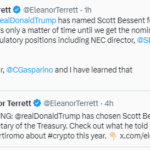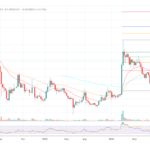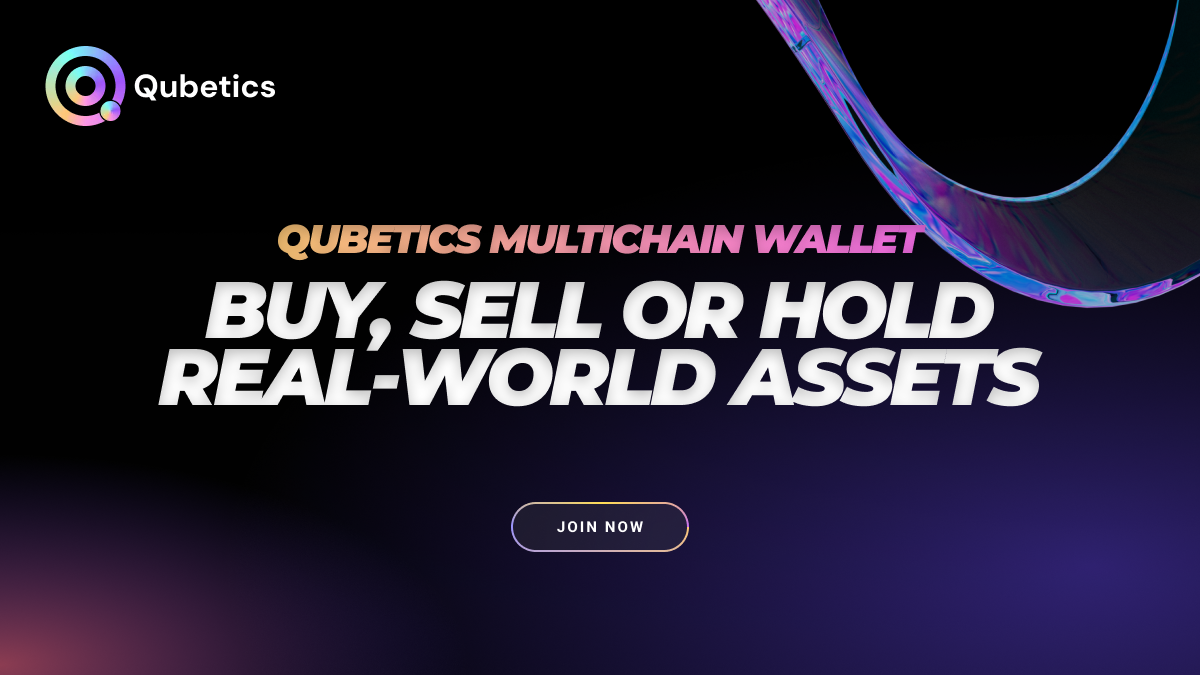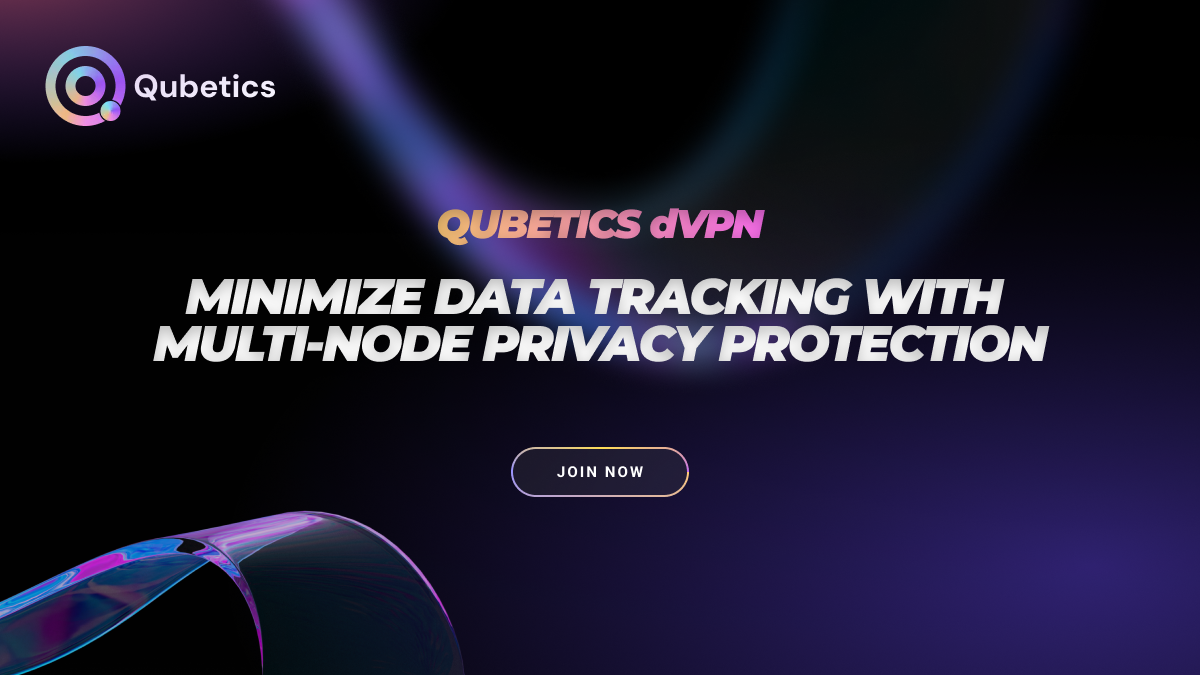As the blockchain ecosystem expands, Solana aims to stay ahead of increasing demand through technical innovation and proactive problem-solving. Solana’s ability to handle more transactions than all other blockchains combined demonstrates its live operational capabilities. However, with growth comes the inevitable need to continually enhance infrastructure.
In a recent exclusive interview with BeInCrypto, Matt Sorg, the Vice President of Technology at Solana Foundation, discussed a range of topics — from Solana’s technical challenges and its efforts to tackle transaction congestion to maintaining decentralization and network security.
What makes Solana an attractive ecosystem for startups and developers?
Solana is representative of an ecosystem with which to collaborate with your application. Both of those things are pretty attractive for a startup.
You do not have to carve out a whole new ecosystem and make sure there are wallets and on- or off-ramps and USDC and USDT. You don’t have to worry about that. That is all there for you on Solana.
So, it’s really important for a startup to focus on its core competency. You’re not having to reinvent the wheel.
Developing on Solana really kickstarts people from that, and they don’t have to think about it. I think that’s part of the reason why the Solana applications have been relatively successful. The applications can concentrate on the unique thing they’re delivering to the world, not the infrastructure.
What do you see as the key technical challenges developers face when trying to enter the Solana ecosystem?
First off, it’s kind of like the same thing with focus. I think there are so many chains and infrastructure out there.
There’s this joke that there are more chains than apps, which I think is actually kind of true right now. There’s just an enormous amount of different chains and L2s and whatever pops up. So, I think that lack of clarity can make it hard for a founder to know where to shift to.
Solana is like a very low-friction, high-performance chain, but everybody promises that. The thing that we have is that we show it live. It’s not just like a promise of that.
Solana does more transactions per day than all the blockchains combined. That both means a supply and demand thing. Both chains are capable of doing it live and at very low fees.

Solana is known for its high throughput and low latency. What challenges arise when trying to maintain these performance levels as the network scales?
We have really pushed the needle on this. You can see we’re pushing it so hard that, as a lot of people saw in the early days, there were some outages.
The severity and duration of those are overblown, but any outage is not great. That has definitely improved over time. Part of it is just if you’re going to try to stretch the limits.
A lot of the other chains are single sequencers, very, very by design. They have low throughput and less room for error. There are fewer things that can trigger things. It’s just less complex.
But you’re only going to do 17 TPS if you lock yourself into that kind of thing. There’s no other EVM chain that really does more than 100, whereas Solana has, in live environments, done over 8,000. And that’s just from applications, not including votes.
Can you explain how Solana proactively addresses bottlenecks as demand continues to increase?
Every single time you 10x, you run into a new 10x demand and a new infrastructure challenge. It’s just the way things work generally.
One of our challenges is when that happens, it’s usually just some engineering concern. The most recent one that happened in April was some consistent congestion. It was hard to land transactions and stuff.
And there was all this FUD about failing transactions and all this noise. Failing transactions aren’t a big deal. The issue was actually earlier in the stack.
It was the Web2 components of the stack, the way that we implemented QUIC. It was using a library called Quinn, which is an open-source library from Google. We just had to rewrite it.
Are there any tools or SDKs within Solana’s ecosystem that developers should be excited about?
There’s a lot. There’s actually a very robust ecosystem. First, the chain itself has some properties that are basically SDKs to mint NFTs or mint tokens. You can use SPL tokens, Metaplex NFTs, or a variety of both of those things to mint them.
As a developer, you’re using already on-chain code that’s already audited. All I’m doing is submitting my configuration, which can be JavaScript, a game engine, Python, or Rust.
But it’s just normal front-end stuff. You don’t have to get re-audited in order to do that. If you want custom on-chain code, then yes, you need to do SVM, Rust, and on-chain stuff, but a lot of collaborative apps are out there that you don’t need to do that kind of thing.
Solana recently made headlines due to the rise of meme coins on the network. How does the Foundation view this surge in interest?
It’s a wild ecosystem. Legitimately, two of the founders of Solana will say anything on Twitter, and there’s just a meme coin of it, like five seconds later or usually multiple meme coins that are making fun of whatever they said.
I would say you can map it pretty closely to a lottery or casino. These are zero-sum games. You have people competing with each other at the end of the day. You don’t need infrastructure or development underneath it—just the narrative because that’s what you’re trading on with L2s.
I think part of why many L2s and L1s have struggled is because if they don’t have users yet, why not just trade the meme coins? If all you’re trading on is narrative, just go straight to the most liquid memes.
Cross-chain interoperability is becoming increasingly important. Does Solana have plans to enhance its interoperability with other chains?
Solana itself is very composable. All the transactions are composed of multiple instructions. Those instructions can be across a variety of smart contracts or what we call programs. Part of the reason Solana is so great is like Jupiter; for example, whenever it does a swap, it interacts with any number of DEXs to find you the best prices across a variety of them.
Solana is very composable and atomic, meaning all transactions happen or none do. So, it’s a very good user experience. Like I want to do something, oh, it’s going to happen, or it’s not, which, by the way, gets back into what I was mentioning earlier.
That’s where failed transactions come from. Sometimes, one of the conditions of the trade isn’t met, so it fails, and that should fail. If that condition isn’t met, it’s like something that you have defined for it.
It’s not the chain itself that is processing that failed transaction perfectly fine. It’s just that the condition wasn’t met. And that’s the first thing: Solana is already, at its core, all about composability.
The extra things that we’re concentrating on are bridges. The idea that we’ve talked about a couple of times now is that Solana has this low friction, and that’s where finance will go. So, being as connected to as many places that issue assets as possible is really important.
This isn’t us trying to replace any other chain or whatever, but if valuable assets are on some other chain and they want to interface with the liquidity and functionality of Solana, we want to make that as easy as possible to lower the friction so it flows to Solana, where there’s other liquidity and other functionality. So yeah, tons of bridges are coming out.
This is called intents, which are basically cross-chain, implicitly defined things that you want. Usually, there’s a bunch of fancy technologies underneath, like ZK, to prove that the intent was fulfilled. We’re working with some of the intent providers that are doing that.
As Solana validators continue to expand, what measures are in place to optimize decentralization and network security?
First, I want to make sure that it’s clear that the Solana validators are permissionless. They can enter and exit just as they please, and the protocol just adjusts. This is very different from many L2s and other L1s.
Ethereum is also permissionless, but even that requires 32 Ethereum to be minimal. Solana’s minimum is one. To be profitable, you need a lot more than that, but it is a permissionless protocol.
For security, there are a lot of developments. The most notable one that you’ll hear more about in the coming weeks is Firedancer, the second validator client on Solana, which gives validators more options on which client they want to run and also offers some redundancies. So if there’s ever a fault in one, the validators can hot-swap to the other. It’s a pretty powerful paradigm in terms of resiliency.
What is Solana’s long-term vision for decentralization and scalability?
The goal of Solana is to be this global synchronization of any data. Obviously, if you care about global synchronization, it probably had some value — financial data for sure, as well as DePIN data.
We’re less opinionated on exactly how it’s used. It’s a permissionless chain that we want to be able to facilitate finance and businesses. No animosity at all; we just want businesses to be set up for success.
Disclaimer
In compliance with the Trust Project guidelines, this opinion article presents the author’s perspective and may not necessarily reflect the views of BeInCrypto. BeInCrypto remains committed to transparent reporting and upholding the highest standards of journalism. Readers are advised to verify information independently and consult with a professional before making decisions based on this content. Please note that our Terms and Conditions, Privacy Policy, and Disclaimers have been updated.










